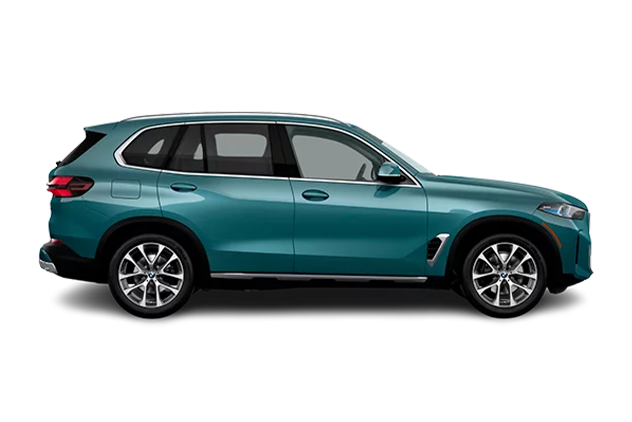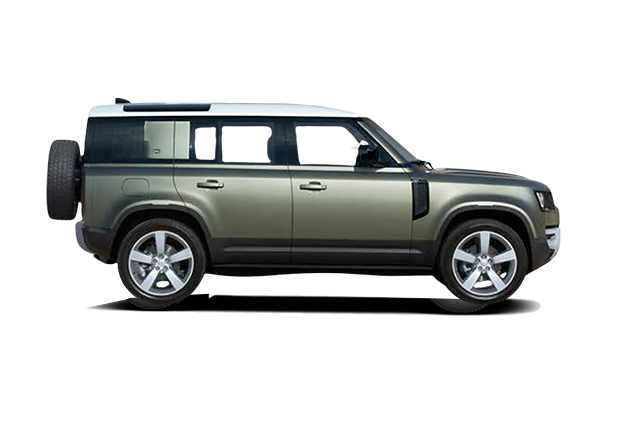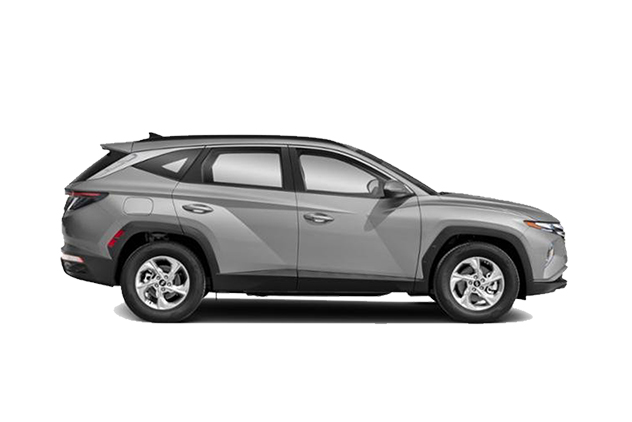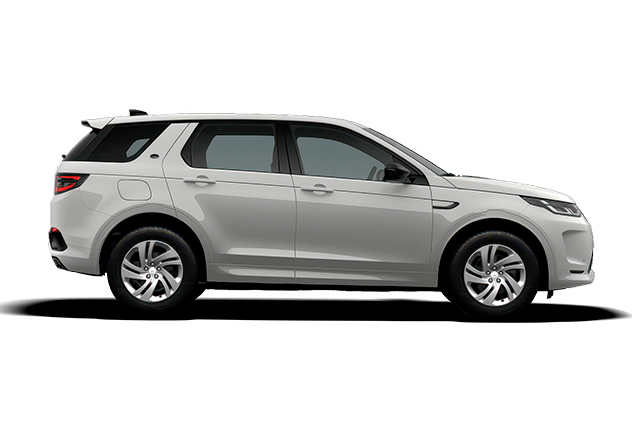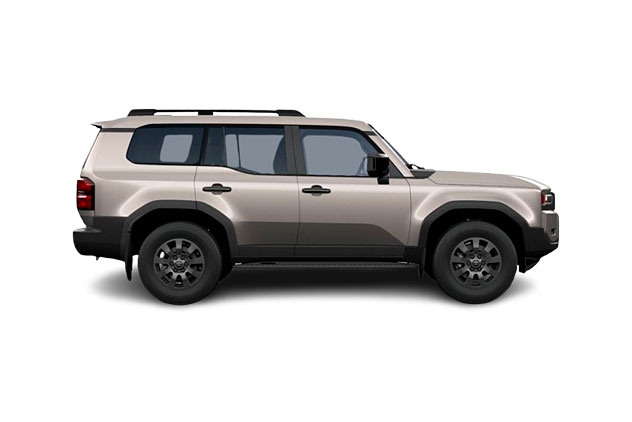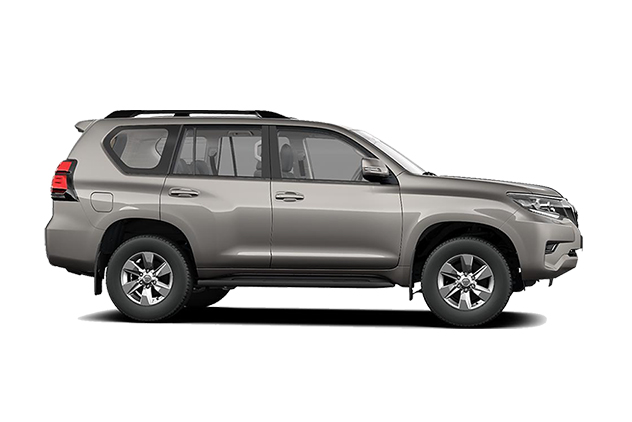You might think renting a vehicle in Iceland works just like doing so at home. This wrong belief leads many U.S. guests toward costly errors during their Icelandic trips.
The local rules often cause stress for American tourists who never study them ahead of time. Your dream vacation could include rough roads and harsh winds that make usual drives extra tricky.
1. Understanding Iceland’s Unique Driving Routes
The local roads bring their whole array of unique tests for drivers. These harsh paths often twist along sharp ocean cliffs and rocky field areas.
Your route might cross rough gravel roads that cause stone chips on the rental paint. The whole island faces major wind gusts that push small cars across lanes.
2. Being Aware Of The Weather
Beyond those usual items, winter brings other extra risks. Your skills might never have been tried with black ice or rapid storm shifts.
Many rural areas have large spaces where help takes hours to reach during breakdowns. These facts make proper rental plans extra worth the added costs and time.

3. Selecting The Right Vehicle Type
Going cheap often means great regret when faced with actual roads. Your needs might truly call for four-wheel drive despite those added daily costs.
Best rental options include:
- Solid SUVs with clear wheel drive
- Higher ground level clearance
- Built-in GPS navigation tools
- Proper winter tires (October-April)
4. Insurance Options You Should Consider
Basic plans never cover those common local issues. Your smart move means adding these extra items despite the costs.
Must-have coverage items include:
- Total gravel impact coverage
- Sandstorm damage plans
- Extra wind harm levels
- Theft safety covers
- Wheel and tire plans
Read more about Rental Car Insurances and Coverage in Iceland before visiting!
5. Fuel Tips
Going large with tanks helps avoid those tough spots. Your route might cross hours worth of space where pumps never exist.
Most rental vehicles run on diesel, which costs approximately 15% less than gasoline. Stations in the Highlands and along Route 1 can be separated by 100-250 kilometers, necessitating careful fuel planning.
- Related reading: Gas Prices in Iceland: What to Expect on Your Road Trip
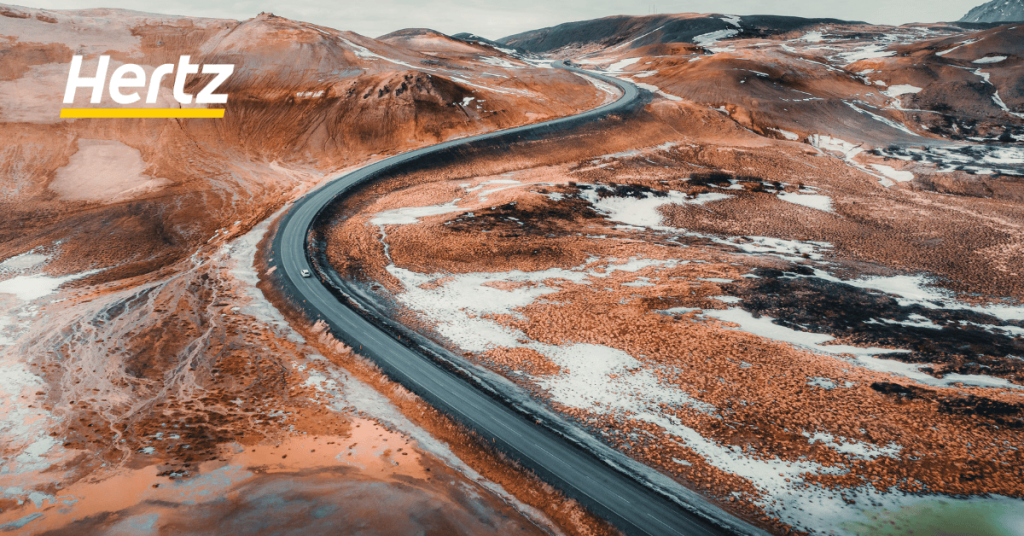
6. GPS Advice
Those rural paths might need twice the usual gas stops during rough winds. You could check price apps since those costs bring a major shock to those U.S. guests.
Before those trips start, grab the route maps on your phone apps. Your signal might drop through those tough spots where views look best.
7. Essential Documents and Legal Requirements
What paperwork do you need, minimum age restrictions, and international driver’s license considerations when renting cars in Iceland?
Most companies require drivers to be at least 20 years old with a valid license held for one year. Major credit cards are mandatory for security deposits, ranging from $1,000 to $3,000 depending on the vehicle class.
8. Rental Costs and Hidden Fees
The base rate rarely reflects final costs, with CDW insurance often adding 15-30% to your bill. One-way rental fees can exceed $200, while dropping off outside business hours might incur a $50-100 surcharge.
WiFi hotspots and GPS units typically add $10-15 daily. Always check for mileage limitations, as exceeding them results in per-kilometer charges that quickly accumulate, especially when exploring remote regions.
Tip: renting with Hertz Iceland ensuring you WILL NOT encounter hidden fees with your rental.
9. Communication and Emergency Preparedness
Download the 112 Iceland emergency app, which allows location tracking if you’re stranded.
Cell service is surprisingly good along Route 1, but deteriorates quickly in highland interiors.
Carry a paper map as backup when GPS fails. Learn key phrases like “Bíllinn minn er bilaður” (My car is broken) and “Ég þarf aðstoð” (I need help).
10. Parking Protocols and Local Vehicle Etiquette
Mastering Iceland’s distinctive parking culture saves both money and social friction.
Reykjavík uses a zone-based payment system with dedicated apps, while many natural attractions have implemented new parking fees ranging from 750 to 1500 ISK.
Never park on moss or unmarked areas, as environmental fines start at €3,000. Headlights must remain on 24/7 by law, regardless of conditions.
- Related reading: A 2025 guide to parking in Iceland: rules and how to pay
Conclusion
Your choice to drive gives great views that those tour buses never reach. This level of clear info helps make those trips both safe and smooth along tough roads. Those rental firms count on guest errors to boost their revenue. Your smart prep saves both those daily stress bursts and major extra costs from small missed facts. To learn more details about Hertz Iceland!

